donny1963
No longer a newbie, moving up!
- Joined
- Dec 15, 2015
- Messages
- 372
- Reaction score
- 30
- Can others edit my Photos
- Photos NOT OK to edit
here is a good example of the Exposure triangle, i always said, that ISO, IS NOT, part of the exposure triangle, ISO is applied gain, and that happens after the picture has been taken, in Digital photography, not Film film is different.
ISO in Digital photography is Applied gain which happens after the picture was taken.
the first of the exposure triangle is Aperture, the second, is shutter speed, and the third, is SNR (Signal to Noise Ratio)
see turning up the ISO is degrading your signal and degrading your picture, each time you turn that ISO up a level higher your applying noise to your image.
now i'm not going to say any more watch this video which will explain this in great detail..
Any one who tells you that ISO is part of the Exposure triangle, doesn't really understand what digital photography is.
Wow, i have never heard anyone try to confuse a new photographer as much as this.....
Nothing has changed from film to digital... in film, the iso number was how sensitive the film was to light. In digital the iso is how sensitive the sensor (film) is to light.
Nope. In digital ISO does not identify the light sensitivity of the sensor. It specifies a standard output brightness in the JPEG image produced by the camera's image processor.
Film and digital can get grainy from to sensitive a film/ sensor setting.
A triangle consists of three sides. In photography, f stop, shutter speed, iso. If you do not think iso is part of the triangle, do this.... take your camera, set it for a good exposure at any iso, until your e exposure made is balanced. Drop the f stop one, the bar goes right. Lower the shutter speed one, the bar goes right, raise the iso one, the bar goes right. Wow what a concept, all three controll the light, which is what photos are made of.
Your eyes are sensitive to light. If you look at a bright light and you will see stars (grain) until you're eyes adjust.
Grain, nose, is not applied after a photo is taken. It is applied instantly. But we can not see the effects until after, the film is developed or we look at the digital image.
Photos are made of light and all the sides of the triangle control this light. F stop more or less light, shutter how long. ISO how sensitive.
You're as confused as he is -- well, maybe not that much. It is correct to say that ISO is not a determinant factor of exposure. Derrel's definition of exposure above is correct. The definition in Wikipedia is good:
In photography, exposure is the amount of light per unit area (the image plane illuminance times the exposure time) reaching a photographic film or electronic image sensor, as determined by shutter speed, lens aperture and scene luminance. The term ISO is nowhere to be found in that definition. The distinction is important. ISO is nonetheless related to exposure in that it is possible to exposure more or less than desirable.
In a digital camera ISO does 2 things: a) ISO adjusts the camera's metering system such that raising the ISO causes the camera's meter to recalculate a reduced exposure. b) ISO brightens the image in equal degree to the aforementioned reduced exposure to maintain a standard output in the camera processed JPEG.
Now, the more sensitive, the more grain/ noise. On the film days we could not change the iso, we were stuck with what we had, until we finished the roll, and only adjusted the shutter and f stop. In digital we can change film speed (iso) after each shot. Wow, how conveinient.
Now, does iso affect snr. Absoutely, the higher the iso the more noise.
ISO does not effect SNR -- SNR is exposure and ISO as noted above is not a determinant of exposure. In most cameras what ISO does in fact suppresses noise.
BTW, all photos have noise. You just don't see it as easy if the photo is exposed correctly. But why in hell try to confuse noobies with this crap.
That's a tough one. Some noobies would actually prefer to understand the way things work rather than be handed a false model that will potentially confuse them. The Exposure Triangle model causes noobies to make the incorrect assumption that ISO somehow causes noise in a digital photo. They eventually learn to behave based on that false assumption and it can negatively influence their photography.
If you do not think iso is part of the triangle, turn it all the way up (we can't set it at 0) and try to get a good photo. Never happen.
The highest ISO value on my camera (Fuji X-T2) is 12,800. I turned it all the way up and took this photo: test shot of my socks. You probably want to reconsider that "never happen" comment. The ISO function in my camera does help with noise suppression although not a whole lot. That photo of my socks is pretty noise free for ISO 12K on an APS sensor. It helps to understand how it works.
Joe
I saw your picture in one of the other threads and am amazed. So what am I not understanding about how to increase my ISO and not see noise? I tried playing around with it the other day but even at 1600 I could start seeing it.
Here is something that might help you understand how you get noise and what the exposure triangle really is..
Listen to this guy because he is a guru in this subject among other things,
Also here is another video about do bigger sensors = more light..
you will be surprised of the answer and see what he is talking about..
Sent from my iPhone using ThePhotoForum.com mobile app


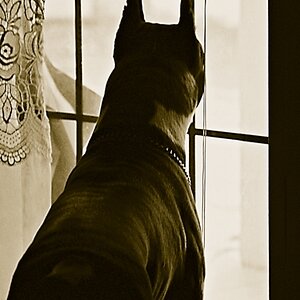
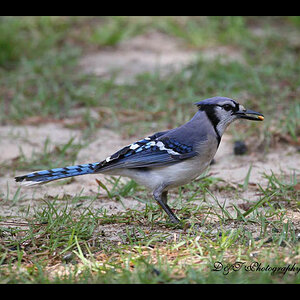
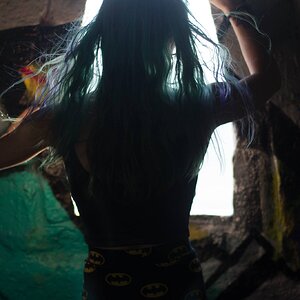
![[No title]](/data/xfmg/thumbnail/38/38748-ed31bfa7e0ad498ba3aa5dfbf3666f8d.jpg?1619738704)
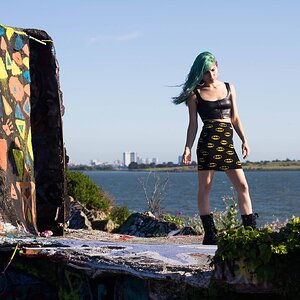
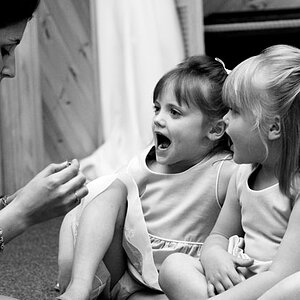
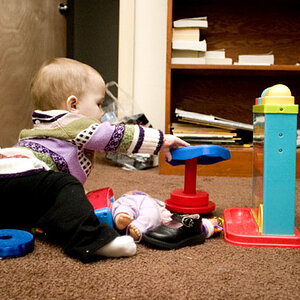
![[No title]](/data/xfmg/thumbnail/37/37603-739c5d9b541a083a12f2f30e45ca2b7b.jpg?1619738147)
![[No title]](/data/xfmg/thumbnail/31/31047-a219a8303cd90075f802f2e993dac0ce.jpg?1619734587)
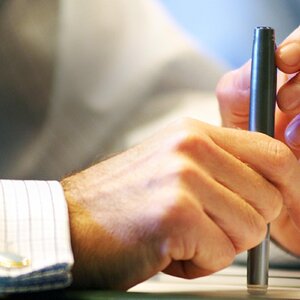
![[No title]](/data/xfmg/thumbnail/39/39543-dfebd471118eabdc8c41e2088dca98f3.jpg?1619739079)
![[No title]](/data/xfmg/thumbnail/42/42017-05f80a89ca2890969b5dc7cc47872581.jpg?1619739979)